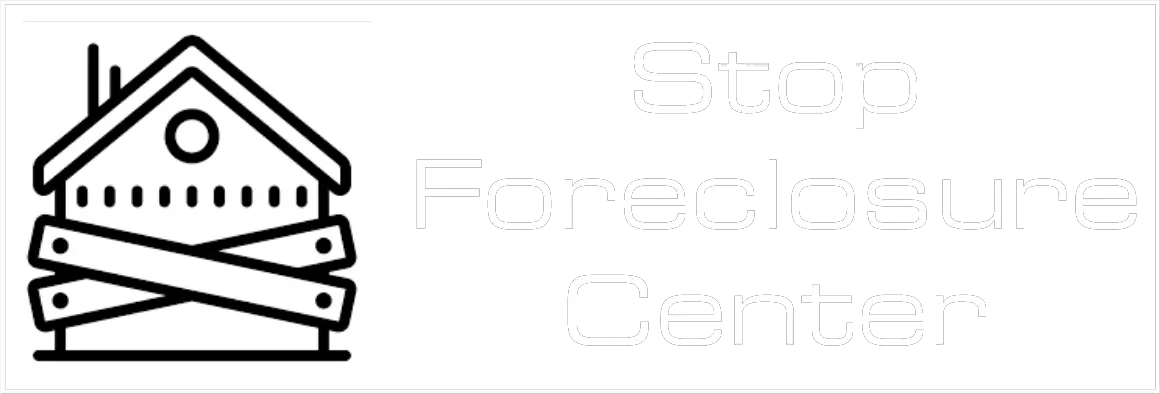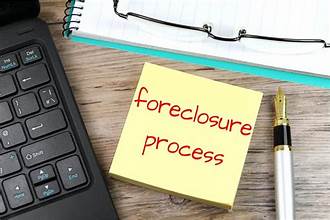Foreclosure can be a daunting and mystifying concept for many homeowners. How does it begin? What steps are involved? And most importantly, how can one navigate or even prevent it?
In this guide, we are going to take a deep dive into each step of the foreclosure process, making this complex topic a tad more approachable. Let’s begin our journey.
The Basics of Foreclosure
Owning a home is often dubbed the “American Dream.” Yet, for some, unforeseen challenges can transform this dream into a spiral of uncertainty. Foreclosure is a term that sends shivers down the spine of many homeowners. But what if we took a moment to demystify it?
Delving into the complexities of foreclosure doesn’t just empower those on its brink. It offers invaluable insights for every homeowner. As we peel back the layers of this intricate process, our aim is simple: to understand, to empathize, and most importantly, to navigate.
Every story has a beginning. In the tale of foreclosure, understanding its origins and main characters sets the stage for the subsequent drama.
Definition of Foreclosure
Ever been to a movie and missed the start? Not understanding foreclosure is kinda like that. Foreclosure is a legal procedure where the lender attempts to recover the balance of a loan by forcing the sale of the asset used as the loan collateral. In simpler terms? It’s when the bank tries to sell your house because you haven’t kept up with payments. Now, there’s a significant distinction between foreclosure and repossession, even though they sound alike. While foreclosure pertains to real estate, repossession applies to other types of assets, like cars.
Key Players in the Foreclosure Process
Remember those ensemble movies with a cast of characters? Foreclosure has its ensemble too. The homeowner is at the heart, grappling with challenging financial circumstances. Then there’s the lender or bank, looking to recover its money. Sprinkled throughout are other stakeholders, like attorneys, auctioneers, and potential buyers, each playing their unique role.
Warning Signs and Precursors
As in any story, there are often signs and signals that hint at the impending climax. In the narrative of homeownership, there are distinct markers that might suggest an approaching foreclosure. Recognizing these early can be the difference between charting a new course or heading into turbulent waters.
Missing Mortgage Payments
Just as a neglected plant begins to wilt, missed mortgage payments are the first noticeable indicators of financial strain in homeownership. Every mortgage agreement specifies the periodic payment required. Falling behind on these, even once, can initiate a cascade of events. These missed obligations not only accumulate interest but can trigger the lender’s alarms, prompting them to take action. It’s essential to treat any missed payment as a red flag and act swiftly.
Receiving Notices from the Lender
Consider these notices like a friend’s repeated calls when you’ve been out of touch. They’re signals of concern, indicating something’s amiss. When a lender sends out notices, it’s a formal way of highlighting discrepancies in the loan agreement. These letters or documents typically outline the nature of the breach, such as unpaid amounts, and often provide a window of opportunity to address the issue. Ignoring these messages is akin to disregarding a lifeline, making it imperative to read, understand, and respond appropriately.
The Initial Stages of Foreclosure
Embarking on the foreclosure journey is akin to entering uncharted waters. The path may seem tumultuous and uncertain, but with a clear understanding of the early stages, homeowners can better prepare and perhaps even redirect the course. Here we unpack the first few steps that unfold when the foreclosure process commences.
Pre-Foreclosure Stage
Think of this as the calm before the storm. The pre-foreclosure phase commences right after that unsettling first missed payment and continues until formal legal actions begin. During this time, there’s still hope. Lenders often prefer resolutions over repossessions. Open lines of communication during this period can lead to negotiations or alternative payment plans. Moreover, homeowners might consider selling the property themselves, often resulting in better financial outcomes compared to a forced sale later on.
Notice of Default (NOD)
The NOD can be likened to an early morning alarm – it’s a wake-up call. It’s the lender’s formal declaration that the borrower has defaulted on their mortgage terms. The notice details the owed amounts, including any penalties, and offers a period within which the borrower can rectify the default, usually by settling the outstanding amounts. This period varies but typically spans 30 to 90 days. If the homeowner remedies the default, the journey can halt here. If not, the process inches closer to the next, more intensive phase of foreclosure.
Judicial vs. Non-Judicial Foreclosure
Foreclosure, like a complex puzzle, comes with different pieces, each having its unique shape and form. One fundamental distinction in the foreclosure landscape is whether the process is judicial or non-judicial. The chosen route can significantly shape a homeowner’s experience, offering different challenges and opportunities. Let’s dive into both pathways to understand their intricacies.
Understanding the Differences
Imagine having to choose between two paths in a dense forest – one that goes through a bustling village marketplace and another that cuts directly across the woods. Similarly, the judicial foreclosure is a route that passes through the courts. The lender must file a lawsuit against the homeowner, and the entire process is overseen by a judge. It’s a legal proceeding from start to finish.
On the other hand, non-judicial foreclosure bypasses the courtroom drama. Instead of lawsuits, this process follows a set of procedures outlined in the mortgage contract and state laws. It’s typically swifter since it doesn’t entail the legal formalities of its counterpart.
Pros and Cons for Homeowners
Every choice has its trade-offs. Opting for a judicial foreclosure means a potentially longer timeline, as court proceedings can be lengthy. However, this delay offers homeowners more time to either find solutions or prepare for the outcome. Additionally, the court’s involvement ensures that the homeowner’s rights are safeguarded throughout the process.
Conversely, the non-judicial pathway, with its expedited approach, might seem appealing. Yet, it provides homeowners with a narrower window to address the default or explore alternatives. Furthermore, since it operates outside the courtroom, it might not offer the same level of legal protection. This scenario makes the idea of understanding one’s rights and being proactive becomes even more crucial.
The Auction and Sale Process
Imagine the crescendo in an orchestral performance, where every note reaches its peak intensity. Similarly, in the foreclosure saga, the auction and sale process stands out as its most intense chapter. Homes, once the sanctuaries of dreams and memories, now find themselves on the auction block. Yet, understanding this phase can demystify its aura and enable homeowners to navigate it with more clarity.
Preparing for the Auction
Setting the stage for an auction is like getting everything in place for a grand theatrical performance. The lender, now in the role of the director, begins by announcing the impending sale. This involves listing the property, setting a date, and advertising the event. Importantly, up until the auction’s gavel falls, the homeowner retains the right to settle the outstanding debt, potentially halting the auction. It’s a race against time, where every decision and action can significantly impact the final act.
The Day of the Auction
The spotlight is on, and the curtains rise. Potential buyers gather, each with their own visions for the property. As bids fly, the tension mounts. Typically, the property goes to the highest bidder, who then must usually pay a deposit or even the full amount, depending on the auction’s terms. However, rules can vary based on jurisdiction and auction type. For the original homeowner, this day signifies the culmination of the foreclosure process and the beginning of a new chapter. It’s a day of mixed emotions, closures, and new beginnings.
Post-Foreclosure: What Comes Next
After the storm has passed, there’s often a profound stillness, an opportunity to reflect and chart a fresh course. Similarly, after the tumultuous journey of foreclosure, homeowners find themselves on new terrain, grappling with a mix of emotions and decisions. The post-foreclosure phase is crucial, presenting both challenges and a silver lining for those willing to see it.
Dealing with the Aftermath
Imagine waking up after a night of thunderstorms, and seeing the fallen branches and muddy paths. Post-foreclosure brings a similar landscape: credit score dips, potential tax implications, and the emotional weight of losing a home. However, this is also a time for regrouping. Financial counseling can help navigate credit repair, while legal consultations might offer clarity on any remaining obligations. It’s a phase of healing and learning, turning experiences into stepping stones for the future.
Plotting the Path Forward
Emerging from foreclosure might feel like trying to find your way after a night in a dense forest. Yet, every dawn brings new light. Rebuilding one’s financial health is paramount. Creating and sticking to a budget, re-establishing good credit habits, and saving consistently lay the foundation for a stronger financial future. Moreover, exploring new housing options, be it renting for a while or aiming for homeownership again, becomes a journey in itself. The post-foreclosure period isn’t merely about picking up the pieces; it’s about building something even more resilient from them.
Conclusion
The journey through foreclosure, from its early signs to its aftermath, is intricate. But with understanding comes empowerment. Even if you are facing this challenge or know someone who is, knowledge is your beacon. And remember, every cloud, no matter how dark, has a silver lining.

